Total Knee Arthroplasty, or TKA, refers to the total surgical replacement of the knee surface. Whether it’s full or partial knee replacement, the existing bone always has to be prepared to accept the implant. There are three main methods your surgeon could use to prepare the knee for this procedure – manual instruments, patient-specific instruments (PSI), or robotic.
Manual Instruments
Generally in knee arthroplasty, somewhere between 2mm-9mm of bone is removed from the knee surface. This makes room for the implant, which comes in a range of sizes. Although there are specialty custom implants, those aren’t usually necessary, as the stock implants range in sizes from 2 to 4 mm and provide more versatility. The most common method of bone preparation is to remove bone surfaces manually with metal guides and alignment rods.
Much like the orthopaedic implants themselves, these tools, or Manual Instruments, are made by every implant company in the market. Over the course of their career, a surgeon typically uses the one they are most comfortable with. Dr. Gregory H. Tchejeyan has done thousands of surgeries with these sets of tools and implants, allowing him to master his skillset.
Patient-Specific Instruments (PSI)
A different way to prepare the knee for TKA is to use Patient Specific Instruments. First, an MRI or CT scan is taken of the limb. These three-dimensional results map out a patient’s specific anatomy around the knee. Things like unique bone prominence or contours are made visible to the surgeon, and the instruments are then 3D printed based on the scan. This allows these one-time-use tools to remain specific to that person’s knee.
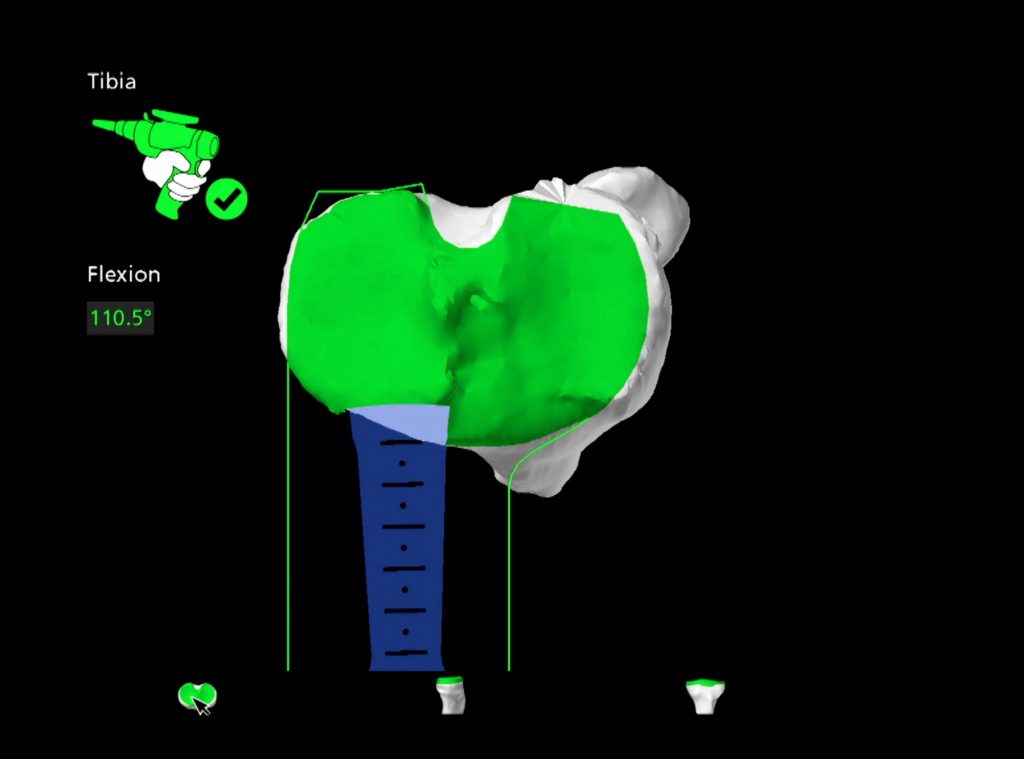
The above image shows how customized mapping of the knee is done based off of a 3D scan of the patient’s knee.
While every major manufacturer makes these custom disposable instruments, there is not necessarily a great advantage to PSI over manual instruments. In fact, some could argue its disadvantages because it leaves no room for adjustment by the surgeon. However, PSI’s can be helpful in specific cases with abnormal alignment or deformities, but these are few and far between.
Robotics
Dr. Tchejeyan specializes in robotic knee surgery. In fact, it has earned him the title of the “L.A. Knee Guy” among many of the locals! The efficiency and precision of robotic surgery has contributed to Tchejeyan’s phenomenal surgical record, in which he has one of the leading lowest complication rates in the nation.
Precise robotic methods use a computer system to make the cuts and placement of jigs and guides virtually on a computer screen. For instance, if you need to remove 2-9mm off the tibia, you do it prior to the surgery on the computer model.
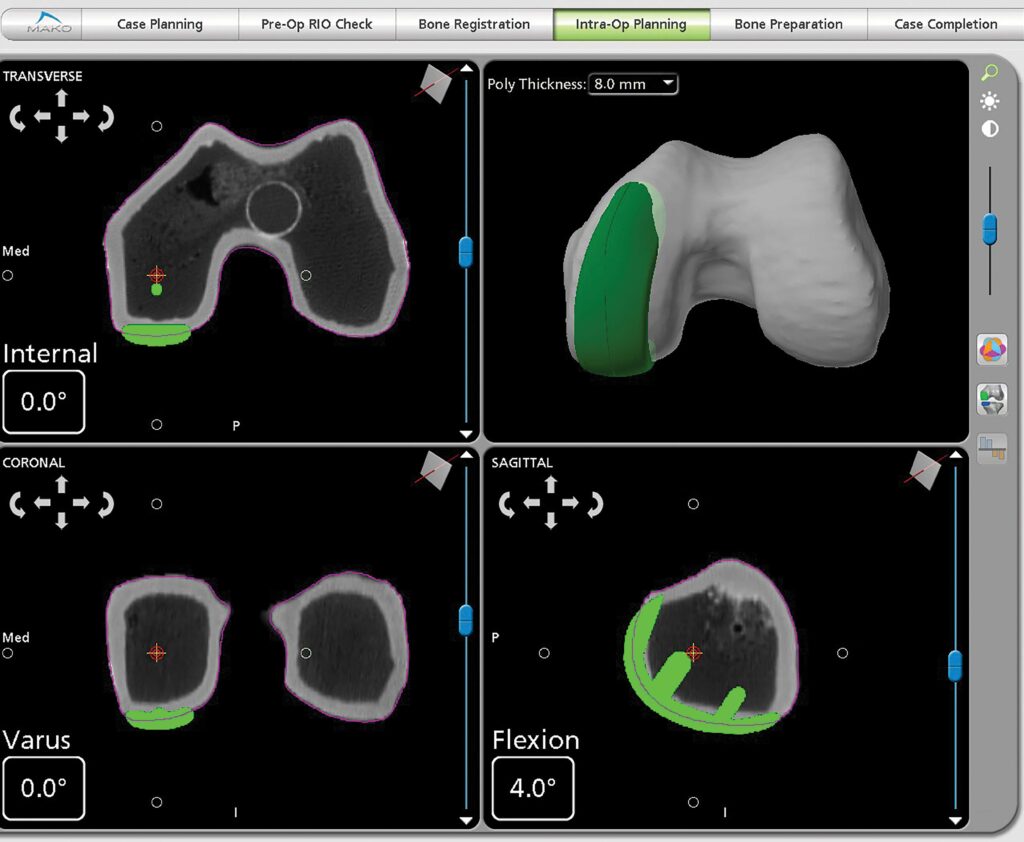
The above image shows a partial knee replacement being plotted within the computer software before robotic surgery.
The computer software allows you to make important adjustments for angles and rotations. Then, temporary arrays are placed on the femur and tibia. These arrays are held with pins during surgery, and communicate from limb to robot, ‘telling’ the robotic arm about that patient’s anatomy. No jigs or guides are used on the knee itself. Instead, the robotic arm is linked to the computer to make the cuts. In The end, it’s the same cuts that would be done with a manual instrument, just with extreme accuracy and precision thanks to the computer system.
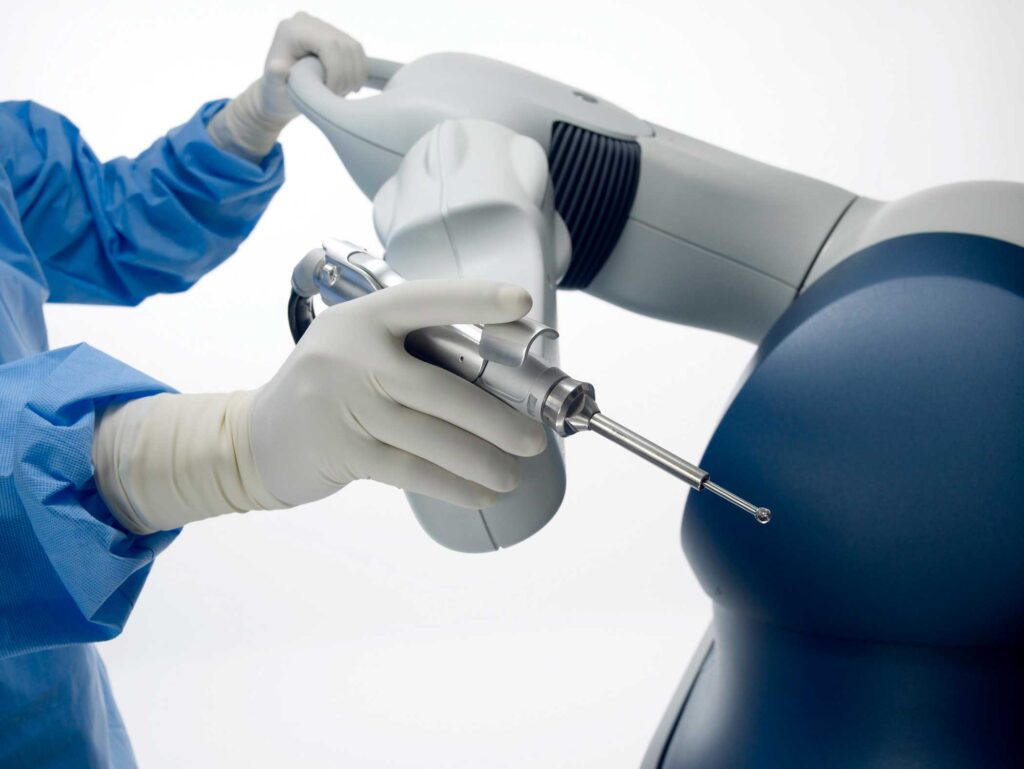
Pictured above: the robotic arm that Dr. Tchejeyan uses for robotic surgery.
Any of three methods, when used well, will provide a good outcome. Of course, error is always possible, and the expert hands of an experienced surgeon is always imperative.
Choose a surgeon that you trust based on their experience in successful outcomes from the type of surgery you need. While every case is unique to the individual patient, finding a surgeon with a specialty in that technique will help you both achieve an optimal outcome.
To have Dr. Tchejeyan examine your knee, contact TJN Orthopaedics directly, or visit the office at:
250 Lombard Street, 1st Floor
Thousand Oaks, CA 91360

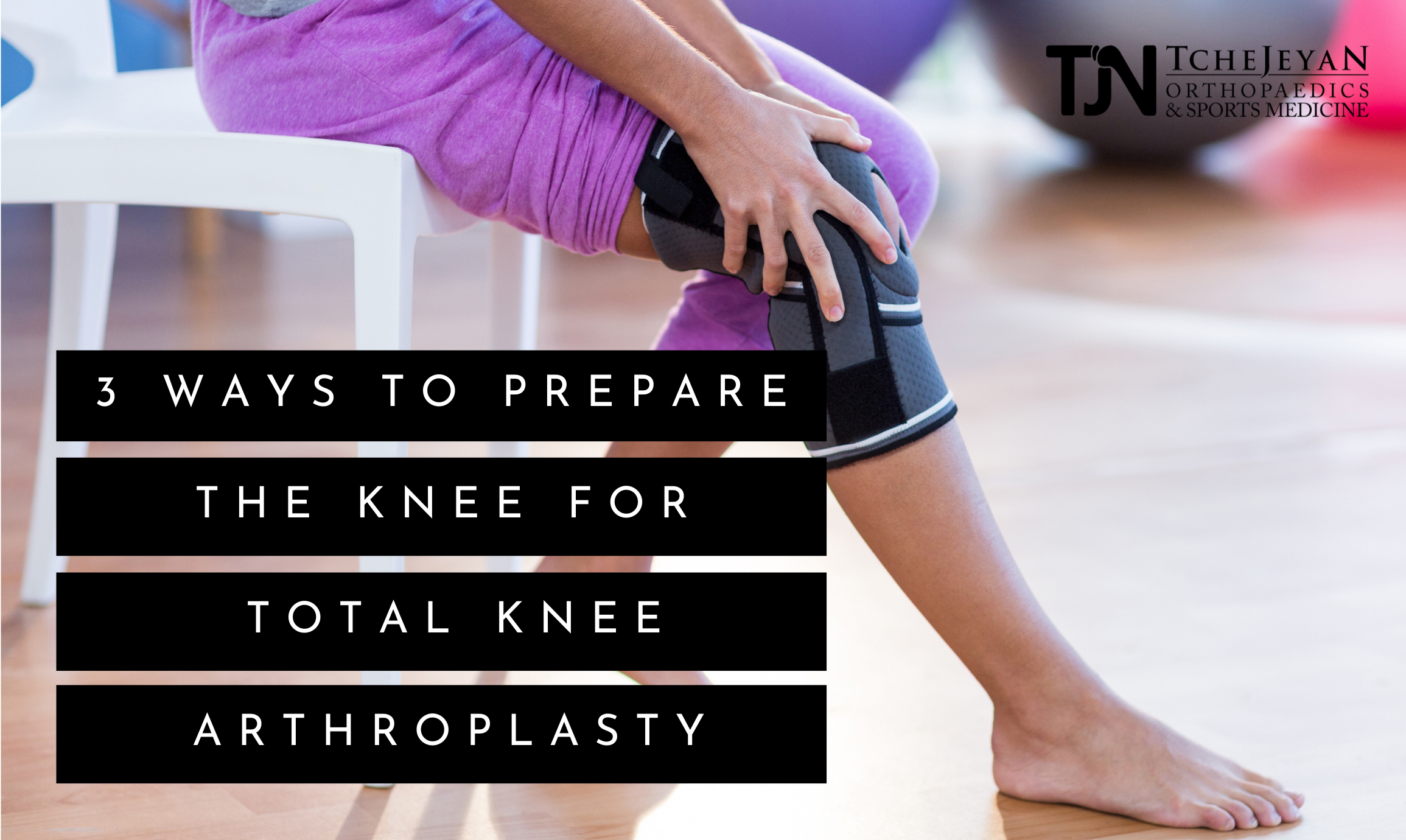
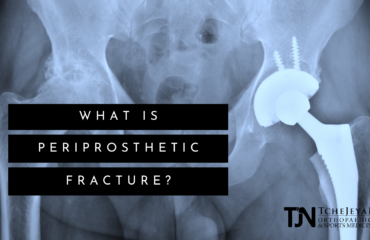
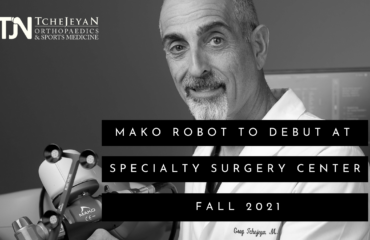
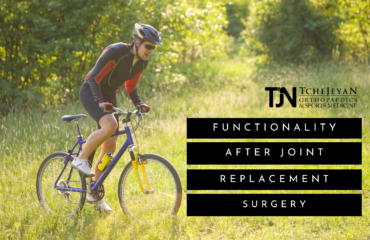
[…] 2030, total knee replacement surgeries are projected to grow 673% to 3.5 million procedures per year. The efficiency […]
[…] a knee resurfacing procedure, which is also known as partial knee arthroplasty, only the damaged portion of the knee will be removed, typically the surface area of the damaged […]